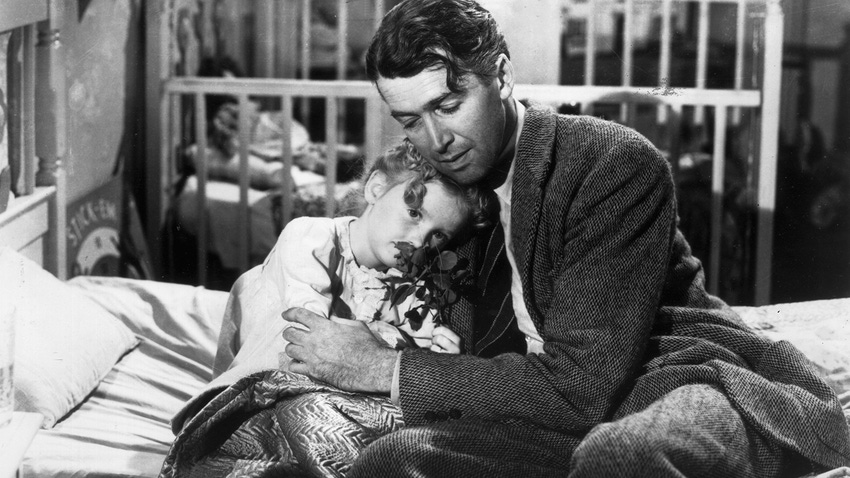It’s a Wonderful Resin
The inventor of the PVC blood bag passed away recently, prompting this reflection.
December 21, 2023

I don’t expect to see a Christmas truce in the war on plastics. If anything, the profusion of plastic toys and sundry similar items during the holidays can only further enflame passions among anti-plastics activists and fellow travelers. If Pixar were to make a movie starring an anthropomorphized plastic resin, I imagine that it might sit on a park bench, polymeric head in hand, alongside George Bailey, the protagonist of It’s a Wonderful Life. They share their tales of woe, spiraling into a deep depression, until something magical comes along to remind them of all the good they have brought to the world. Which brings me to the passing of Dr. William P. Murphy Jr. at the end of November.
A biomedical engineer, Murphy died on Nov. 30 in Coral Gables, FL, at the ripe old age of 100. The reason I mention him here is because he invented the vinyl blood bag, which replaced breakable glass bottles. It truly was a game changer. As the obituary in the New York Times notes: “ . . . the sealed, flexible, durable, and inexpensive container, made of polyvinyl chloride . . . did away with fragile glass bottles and changed almost everything about the storage, portability, and ease of delivering and transfusing blood supplies worldwide.”
While he invented the bag in 1949 in collaboration with a fellow medical innovator, Dr. Carl W. Walter, it came into its own during the Korean War. As reported in the New York Times obit, Murphy joined the US Public Health Service as a consultant and, at the request of the US Army, went to Korea to demonstrate the superiority of the plastic blood bag on the battlefield to deliver transfusions to soldiers. “It was an unqualified success,” Murphy told the Times in an earlier interview, and the bags became the go-to device for blood collection and storage.
During his long career, Murphy was also instrumental in developing sterile single-use medical devices and contributed to early advances in pacemaker technology and artificial kidneys.
The reflection on his life in the Times goes into much greater detail and is well worth a read.
There are countless ways in which plastics have improved our quality of life and, indeed, saved lives over the decades. We have recounted many of those stories in PlasticsToday and will continue to do so.
To be clear: I’m not an absolutist for “our” side. I despise litter in the environment. I don’t miss single-use plastic bags at the grocery store — it’s not that great a burden to bring a reusable bag, and the environmental benefits are indisputable. And in the United States, in particular, we seem to have fetishized extraneous packaging for products.
But too often it seems like the “other” side has adopted a zero tolerance policy when it comes to plastics and fails to see that alternative materials can be, from a holistic point of view, more damaging to the environment and far less sustainable.
It’s a matter of getting the balance right. That, in a nutshell, remains our mission at PlasticsToday.
About the Author(s)
You May Also Like




